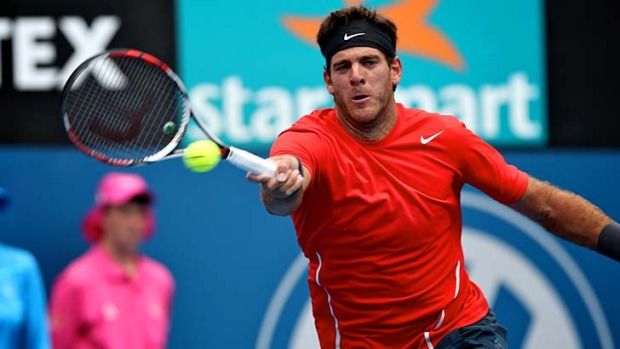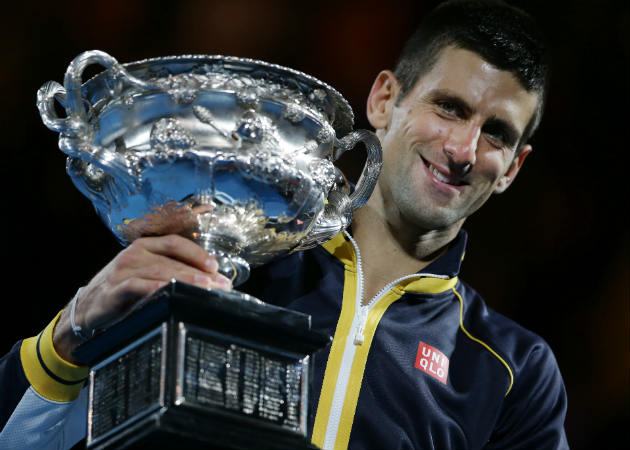Measuring mental toughness
 Dan Barrie Posted on
Dan Barrie Posted on  Friday, March 4, 2016 at 8:17PM
Friday, March 4, 2016 at 8:17PM In the pro game there is often little that separates players as far as their skills go. Take any top 100 player and you’ll struggle to find any true weakness in their game. So is it simply the minor technical or tactical differences that separate the best from the rest?
Not really. As is the case for competition between top level athletes in any sport, especially individual sports, a match between two fairly evenly matched tennis players is typically won or lost in the mind. Until fairly recently this aspect of the game wasn’t given much thought at all. And those who did acknowledge its importance generally considered it an innate quality and one that couldn’t be taught - either you had what it takes or you didn’t.
a match between two fairly evenly matched tennis players is typically won or lost in the mind
While I do believe mental toughness comes more naturally to some personalities than others, I think it’s generally accepted now that an athlete can improve their mental strength through repetitive use of various thought processes that can enable them to play their best when it matters most. However it’s very difficult to measure this skill, or lack thereof, as we can’t peek into Novak Djokovic's mind to see what he’s thinking when he’s serving to win Wimbledon. Can it be deduced from simple stats?
The most common situation in a match where a player must dig deep to avoid their opponent gaining momentum is when their serve is broken. Holding serve is a key goal for every player, whether it’s a strength of theirs or not, as the server starts with the advantage of hitting the first shot of the point. So when a player gets broken, they aim to immediately break back to prevent their opponent from “consolidating the break."
 In an attempt to analyse how successful (or unsuccessful) players are at lifting their level of engagement after being broken, the clever folks at the ATP have come up with a statistic that I think is the best indicator we have as to who has the goods upstairs! Firstly, they looked at players' percentage of return games won in 2015. Not surprisingly, this tally was topped by great returners: Djokovic and Ferrer (34%), Nadal and Murray (31%), Federer (27%). But more telling was how these break of serve season averages compared to each player’s break of serve stats for the games immediately following their serve being broken.
In an attempt to analyse how successful (or unsuccessful) players are at lifting their level of engagement after being broken, the clever folks at the ATP have come up with a statistic that I think is the best indicator we have as to who has the goods upstairs! Firstly, they looked at players' percentage of return games won in 2015. Not surprisingly, this tally was topped by great returners: Djokovic and Ferrer (34%), Nadal and Murray (31%), Federer (27%). But more telling was how these break of serve season averages compared to each player’s break of serve stats for the games immediately following their serve being broken.
No prizes for guessing who was mentally toughest in 2015! On average, Djokovic lifted the most after being broken, breaking back 4% more often than his season average. Federer was +3%, as was Nadal +3% - quite amazing when you consider he was horribly out of form and lacking confidence for most of the season! Ferrer was +2%…and then there was Murray at 0%, on average not able to lift at all.
This should serve as a wake-up call for Andy. His undisputed talent and hard work has earned him the World No 2 ranking. But just imagine where he might be if he could toughen up mentally and lift 3-4% when it mattered most!


